GrabCAD

car engine
by GrabCAD
Last crawled date: 5 months, 2 weeks ago
A car engine, also known as an internal combustion engine, is a complex mechanical device that converts fuel into mechanical energy to propel a vehicle. There are various types of car engines, but the most common one is the four-stroke internal combustion engine. Here's a general description of a car engine:
Cylinder Configuration:
Car engines typically have multiple cylinders, each containing a piston. The number of cylinders can vary, with four, six, and eight-cylinder engines being common. The cylinders are arranged in a specific configuration, such as inline, V-shaped, or horizontally opposed.
Combustion Process:
The most common combustion process in car engines is the four-stroke cycle, which includes the following stages:
Intake Stroke: The piston moves down, and the intake valve opens, allowing a mixture of air and fuel to enter the cylinder.
Compression Stroke: The intake valve closes, and the piston moves back up, compressing the air-fuel mixture.
Power Stroke: The compressed mixture is ignited by a spark plug, creating a controlled explosion. This explosion forces the piston back down, generating mechanical energy.
Exhaust Stroke: The exhaust valve opens, and the piston moves back up, pushing the burned gases out of the cylinder.
Fuel Injection:
Modern car engines often use electronic fuel injection (EFI) systems to precisely control the delivery of fuel to the cylinders. This improves fuel efficiency and reduces emissions compared to carbureted systems.
Ignition System:
The ignition system is responsible for sparking the spark plugs at the right time during the combustion cycle. This is typically done by an electronic ignition system, ensuring precise timing for optimal engine performance.
Cooling System:
Car engines have a cooling system, usually consisting of a radiator and a water pump, to dissipate the heat generated during combustion. Coolant circulates through the engine to regulate its temperature.
Exhaust System:
The exhaust system includes components such as the exhaust manifold, catalytic converter, and muffler. It directs and filters the exhaust gases produced during combustion, reducing harmful emissions and noise.
Transmission Connection:
The engine is connected to the transmission, which transfers the engine's power to the wheels. The transmission allows the vehicle to change speed and direction by providing different gear ratios.
Engine Block and Components:
The engine block is the main structural component containing the
Cylinder Configuration:
Car engines typically have multiple cylinders, each containing a piston. The number of cylinders can vary, with four, six, and eight-cylinder engines being common. The cylinders are arranged in a specific configuration, such as inline, V-shaped, or horizontally opposed.
Combustion Process:
The most common combustion process in car engines is the four-stroke cycle, which includes the following stages:
Intake Stroke: The piston moves down, and the intake valve opens, allowing a mixture of air and fuel to enter the cylinder.
Compression Stroke: The intake valve closes, and the piston moves back up, compressing the air-fuel mixture.
Power Stroke: The compressed mixture is ignited by a spark plug, creating a controlled explosion. This explosion forces the piston back down, generating mechanical energy.
Exhaust Stroke: The exhaust valve opens, and the piston moves back up, pushing the burned gases out of the cylinder.
Fuel Injection:
Modern car engines often use electronic fuel injection (EFI) systems to precisely control the delivery of fuel to the cylinders. This improves fuel efficiency and reduces emissions compared to carbureted systems.
Ignition System:
The ignition system is responsible for sparking the spark plugs at the right time during the combustion cycle. This is typically done by an electronic ignition system, ensuring precise timing for optimal engine performance.
Cooling System:
Car engines have a cooling system, usually consisting of a radiator and a water pump, to dissipate the heat generated during combustion. Coolant circulates through the engine to regulate its temperature.
Exhaust System:
The exhaust system includes components such as the exhaust manifold, catalytic converter, and muffler. It directs and filters the exhaust gases produced during combustion, reducing harmful emissions and noise.
Transmission Connection:
The engine is connected to the transmission, which transfers the engine's power to the wheels. The transmission allows the vehicle to change speed and direction by providing different gear ratios.
Engine Block and Components:
The engine block is the main structural component containing the
Similar models
3dwarehouse
free

Four stroke engine
...e_176 #admision #compresion #compression #cuatro #engine #escape #exhaust #explosion #four #intake #motor #power #stroke #tiempos
grabcad
free

For Stroke Petrol Engine
...s to top dead centre while the exhaust valve is open. this action expels the spent fuel-air mixture through the exhaust valve(s).
grabcad
free

4 stroke engine
...ns from b.d.c. to t.d.c. while the exhaust valve is open. this action expels the spent air-fuel mixture through the exhaust port.
grabcad
free

Spark Plug two Stroke
...ion engine to ignite the compressed fuel/air mixture by an electric spark, while containing combustion pressure within the engine
grabcad
free

FOUR STROKE CYLINDER ENGINE
...ombustion engine which consists of four distinct cyclic pistons to run the operations of intake, compression, power and exhaust.
grabcad
free

4 stroke engine
...mbustion engine that uses four distinct piston strokes to complete one operating cycle (intake, compression, power, and exhaust).
cg_trader
$99

Internal Combustion Engine Infographic
...graphic
cg trader
internal combustion engine. infographic showing four stroke engine; intake, compression, ignition and exhaust.
grabcad
free

spark plug
...n system to ignite the compressed air fuel mixture by an electric spark while containing combustion pressure with in the engine.
grabcad
free

Spark Plug
...ition system to the combustion chamber of a spark-ignition engine to ignite the compressed fuel/air mixture by an electric spark.
grabcad
free

Spark plug
...on engine to ignite the compressed fuel/air mixture by an electric spark, while containing combustion pressure within the engine.
Car
3d_export
$5
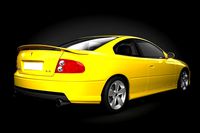
car
...car
3dexport
luxury car high quality car
3d_export
$5
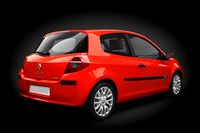
car
...car
3dexport
luxury car high quality car
3d_export
$5
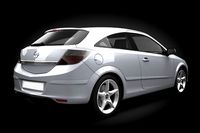
car
...car
3dexport
luxury car high quality car
3d_export
$5

car
...car
3dexport
luxury car high quality car
3d_export
$5
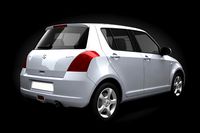
car
...car
3dexport
luxury car high quality car
archibase_planet
free
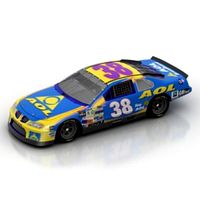
Car
...
archibase planet
car sports car motor-car sportster
car nascar#1 n300114 - 3d model (*.gsm+*.3ds) for exterior 3d visualization.
archibase_planet
free

Car
...ibase planet
car motor-car sportster sports car
car gablota xform n190214 - 3d model (*.gsm+*.3ds) for exterior 3d visualization.
archibase_planet
free
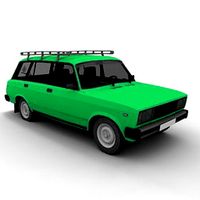
Car
...car
archibase planet
car motor car transport
car vaz 2104- 3d model for interior 3d visualization.
3d_export
$15
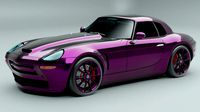
car
...car
3dexport
car
3d_export
free
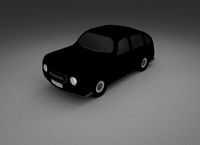
car
...car
3dexport
car
Engine
3d_export
$5
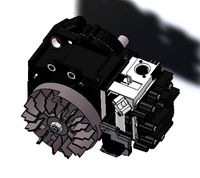
engine
...engine
3dexport
engine
3d_export
free
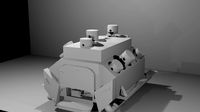
Engine
...engine
3dexport
engine
archibase_planet
free
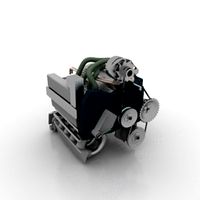
Engine
...engine
archibase planet
motor engine
engine - 3d model for interior 3d visualization.
archibase_planet
free
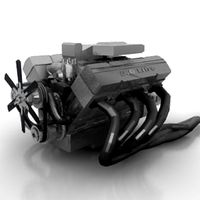
Engine
...engine
archibase planet
motor engine mover
engine n170708 - 3d model (*.3ds) for interior 3d visualization.
archibase_planet
free
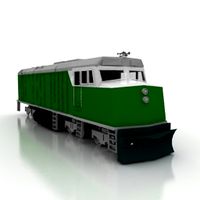
Engine
...engine
archibase planet
engine locomotive train
locomotive - 3d model for interior 3d visualization.
turbosquid
$49
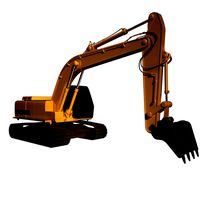
ENGINE
...
turbosquid
royalty free 3d model engine for download as max on turbosquid: 3d models for games, architecture, videos. (1206116)
turbosquid
$1

ENGINE
...osquid
royalty free 3d model ic engine for download as sldas on turbosquid: 3d models for games, architecture, videos. (1382781)
3d_export
$5

engine
...engine
3dexport
3d_export
free

engine
...engine
3dexport
turbosquid
$7

Engine
...d model animated engine mograph element3d for download as c4d on turbosquid: 3d models for games, architecture, videos. (1380716)
